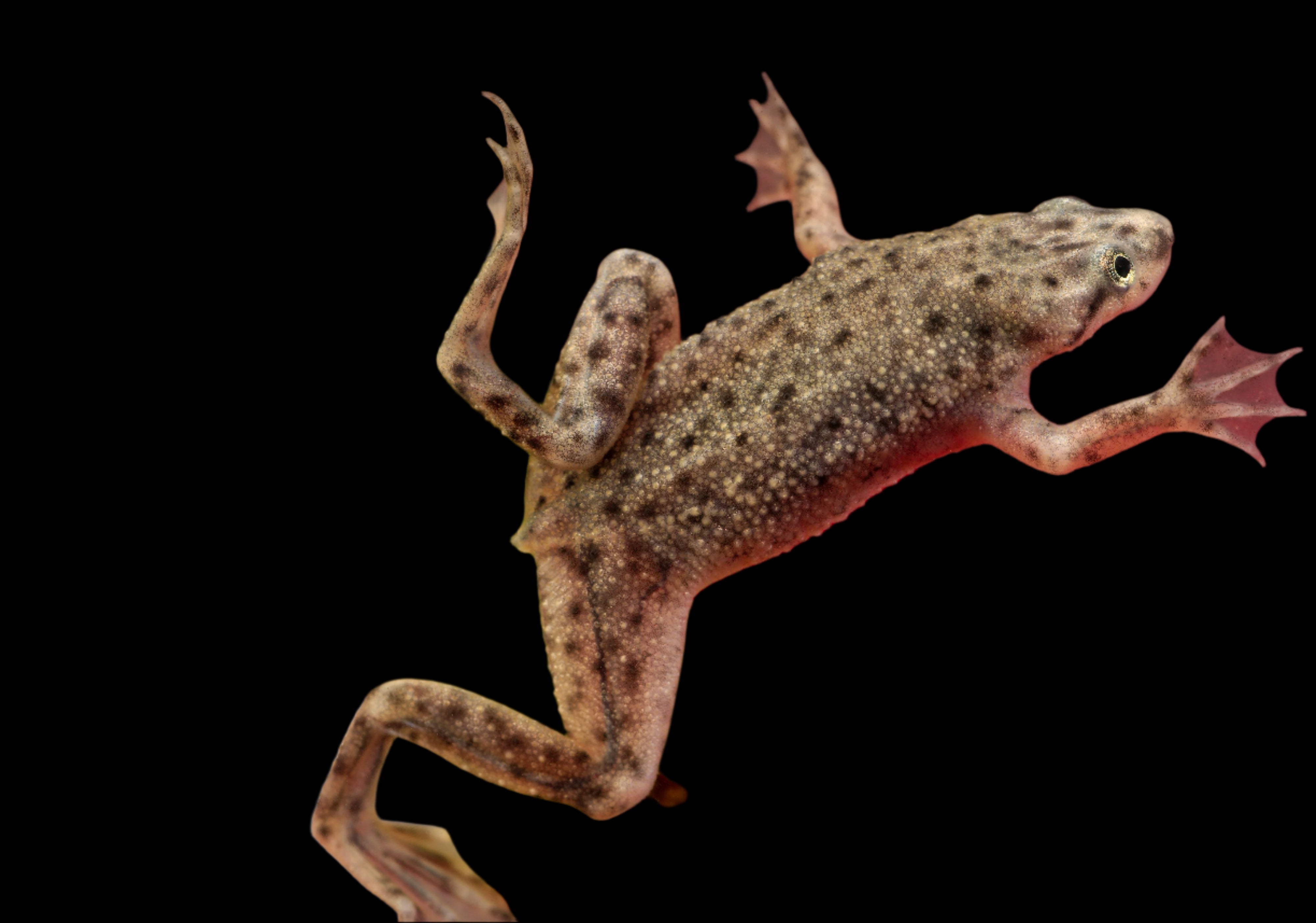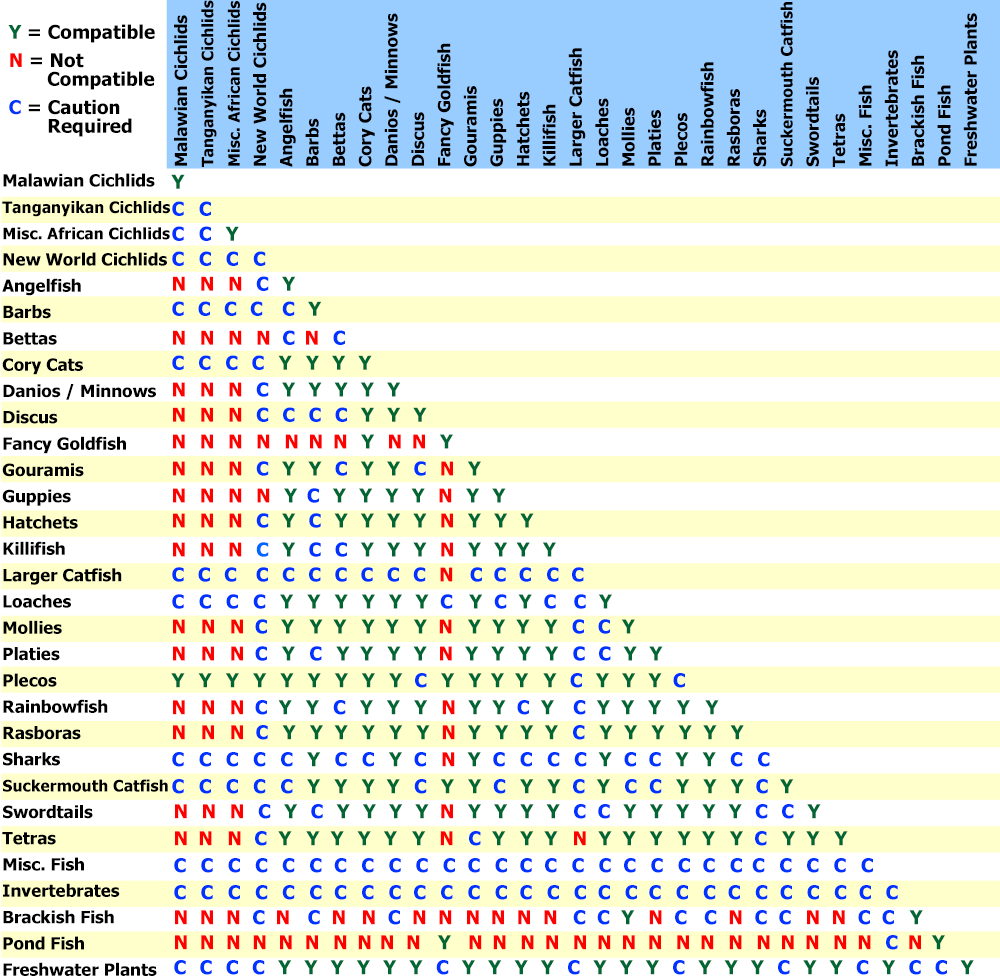Description
African Dwarf Frogs – Fun, Active, and Unique Pets for Your Aquarium
Introduce a fascinating aquatic companion to your tank with African Dwarf Frogs (Hymenochirus curtipes), charming and playful amphibians that add a whole new level of life and movement to your aquarium. Known for their peaceful nature, engaging behavior, and easy care, these frogs are perfect for both beginner and experienced aquarists looking for a fun and unique pet.
With their small size, streamlined bodies, and webbed feet, African Dwarf Frogs are perfect for smaller freshwater tanks. Their natural swimming style, combined with their curiosity and occasional antics, makes them highly entertaining to watch. These frogs spend most of their time swimming in search of food, but they are also happy to climb plants, decorations, or aquarium walls, which adds another layer of activity to your tank.
Unlike other species of frogs, African Dwarf Frogs remain fully aquatic throughout their entire lives. They are peaceful and social, often enjoying the company of other non-aggressive tankmates, making them ideal for community tanks.
Key Features:
-
Charming & Playful Behavior: Watch them actively swim, forage for food, and explore their environment, adding dynamic movement to your tank
-
Peaceful & Social: Non-aggressive, African Dwarf Frogs thrive in groups and do well with other peaceful tankmates
-
Low-Maintenance: Easy to care for, they require minimal setup and can adapt to a variety of water conditions
-
Unique Appearance: Their small, aquatic bodies, webbed feet, and big, expressive eyes make them visually interesting and endearing
-
Great for Community Tanks: Safe to keep with other peaceful fish, invertebrates, and aquatic plants
Care Guidelines:
-
Tank Size: Minimum 10 gallons (for 1-2 frogs)
-
Water Temperature: 72–80°F (22–27°C)
-
pH Range: 6.5–7.8
-
Diet: Carnivorous – will eat high-quality pellets, frozen or live bloodworms, brine shrimp, and other meaty foods. They should be fed 2-3 times per week, as they have slow metabolisms
-
Lifespan: 5–7 years with proper care
Tip: African Dwarf Frogs require a well-established aquarium with plenty of hiding spots and soft, gentle water flow. Ensure they are kept in a tank with a lid, as they can sometimes leap out of the water. Be sure to avoid keeping them with larger or more aggressive fish, as these frogs can easily become prey. Keep the water parameters stable and maintain good water quality with regular water changes and proper filtration.
Whether you're a beginner or an experienced aquarist, African Dwarf Frogs make an exciting and low-maintenance addition to your aquatic environment. With their entertaining behavior and peaceful nature, these frogs will quickly become a favorite in your tank!
Click & Collect
Livestock will only be bagged once you arrive, or if you contact us in advance to request it ready beforehand.
Local Delivery
Order anything from our in-store range and have it delivered right to you.
-
Minimum spend: £50
-
Delivery up to 10 miles: £10
-
Delivery up to 25 miles: £20
Distances are measured “as the crow flies”, not by road.
Once your order is placed, we’ll be in touch to arrange a suitable delivery date and time.
Please note, delivery may take a little longer as we often group orders together to build an efficient delivery run.
Important: If you’re ordering a large aquarium, please ensure someone is available to help unload the van on arrival.
Dry Goods Delivery
-
DX Express: 1 working day, same-day dispatch before noon 0-75kg
-
Express Pallet: 1–3 working days 75-500kg
If you'd like to add more items to an existing order that hasn't yet been dispatched, please place a Click & Collect order and leave a note asking us to combine the orders.
Please note: We currently only dispatch parcels Wednesday to Friday.
Pre-Order
Want the full details? Check out our Terms & Conditions.
Livestock Delivery
Thursday Delivery – £24
-
Dispatched Wednesday afternoon
-
Delivered Thursday before 1pm
-
Order by Wednesday 12 noon
-
Minimum spend: £50
Friday Delivery – £24
-
Dispatched Thursday afternoon
-
Delivered Friday before 1pm
-
Order by Thursday 12 noon
-
Minimum spend: £50
Saturday Delivery – £29
-
Dispatched Friday afternoon
-
Delivered Saturday before 1pm
-
Order by Friday 12 noon
-
Minimum spend: £50
📦 Want to Add to an Existing Order?
No problem! Just place a Click & Collect order and leave a note asking us to link it with your original one (as long as it hasn’t been dispatched yet).
🛒 Dry Goods Now Included!
You can now include dry goods in your livestock delivery – perfect for topping up supplies in one go.
❄️ Please note: We can’t send frozen food with livestock – please order frozen items separately.
⚠️ Delivery Exclusions
Unfortunately, we’re unable to deliver livestock to the following postcodes:
Scotland & Isles:
AB30–AB56, DD8–DD10, DG3–DG9, DG12–DG14, FK17–FK21, KA18–KA19, KA26–KA30, PA20–PA38, PA80, PH3–PH40
Cornwall Isles: TR21–TR25
All of the following postcodes are excluded:
BT, HS, IM, IV, JE, KW
Plus Channel Islands and Shetland Islands
Payment & Security
Your payment information is processed securely. We do not store credit card details nor have access to your credit card information.


